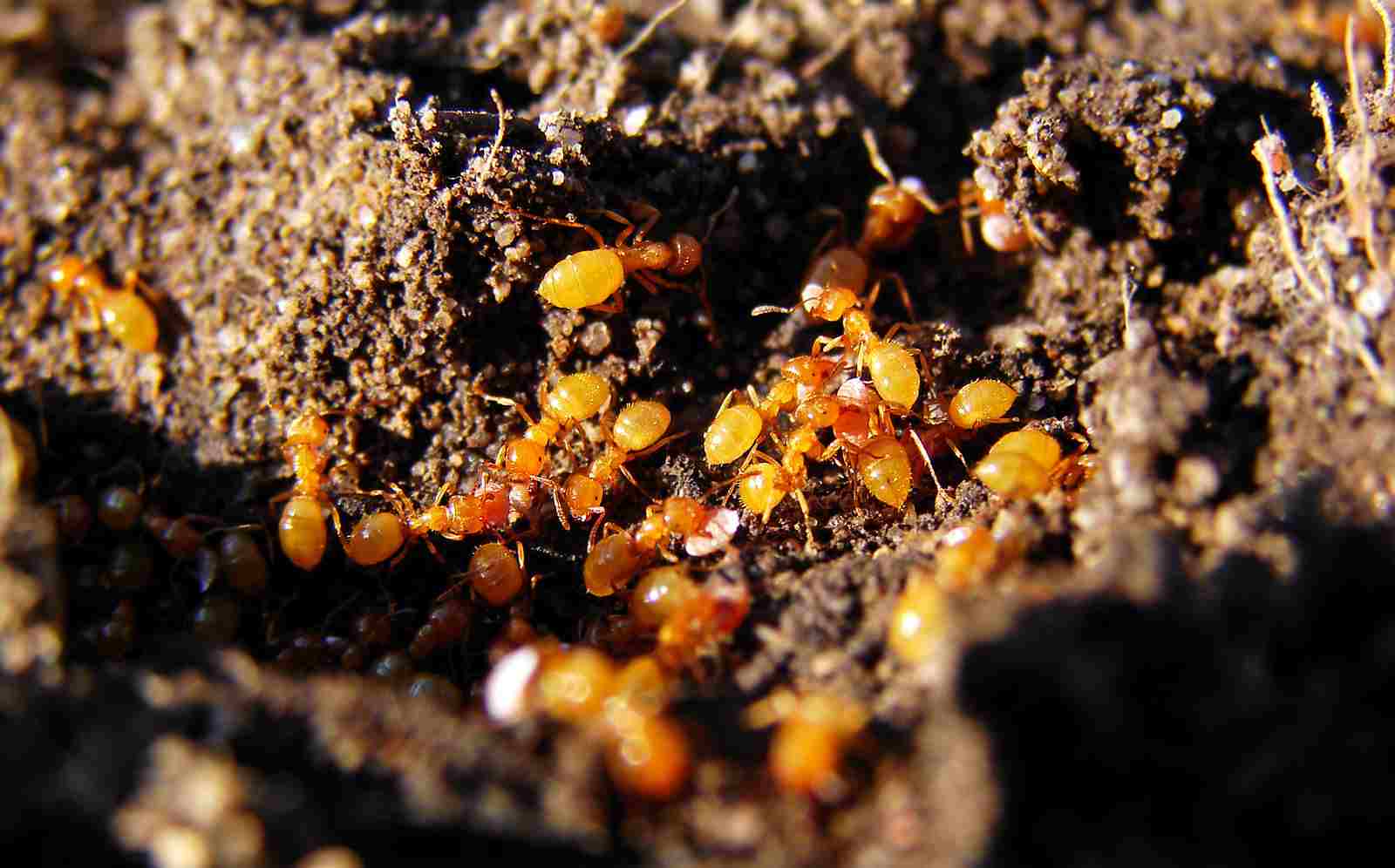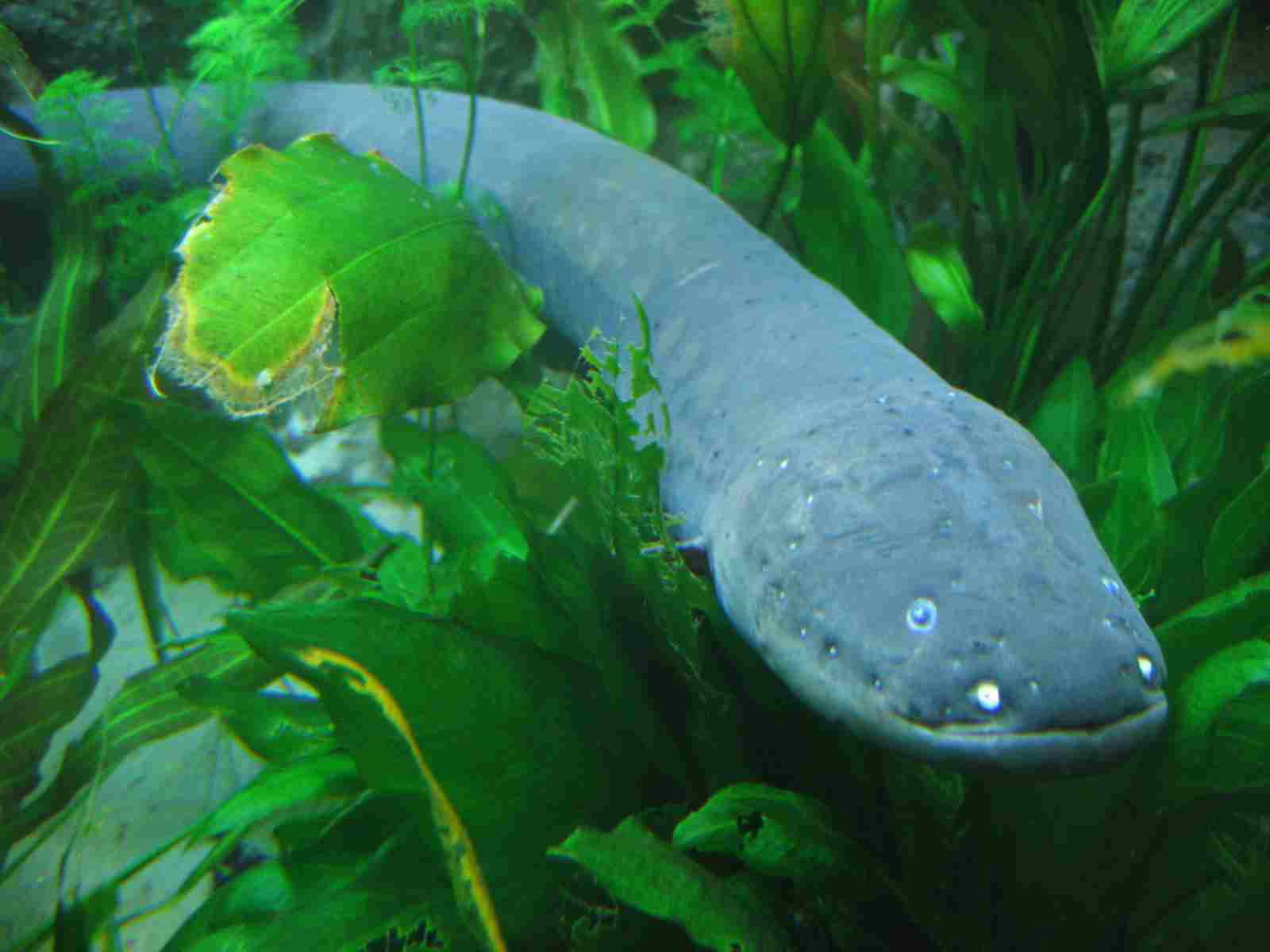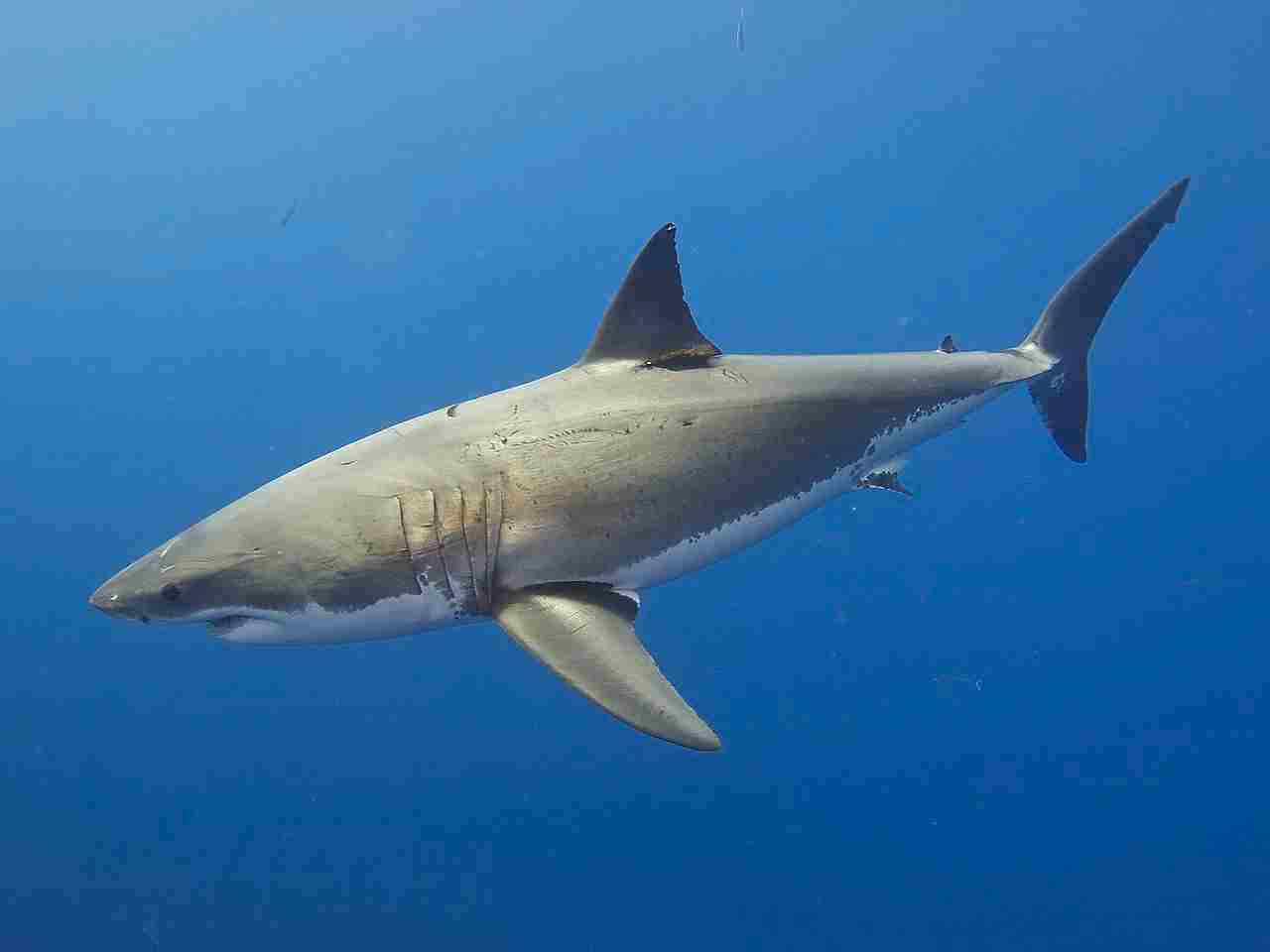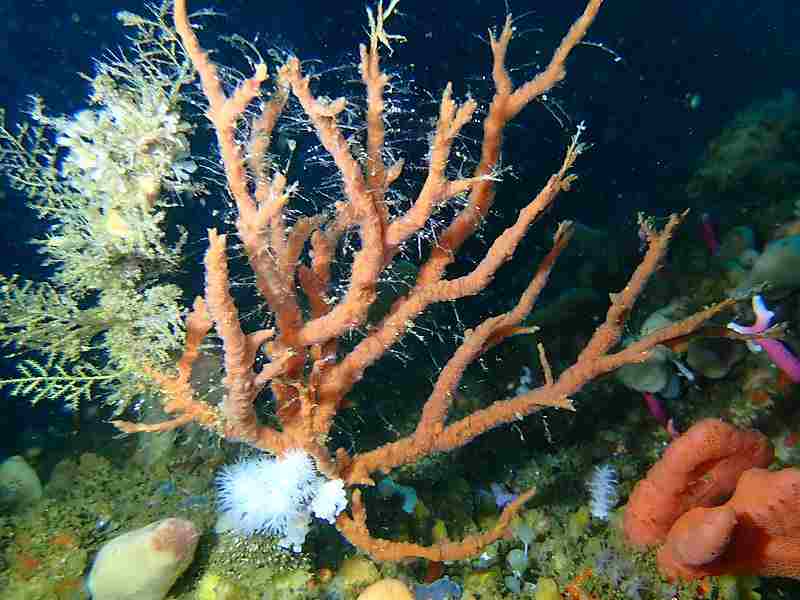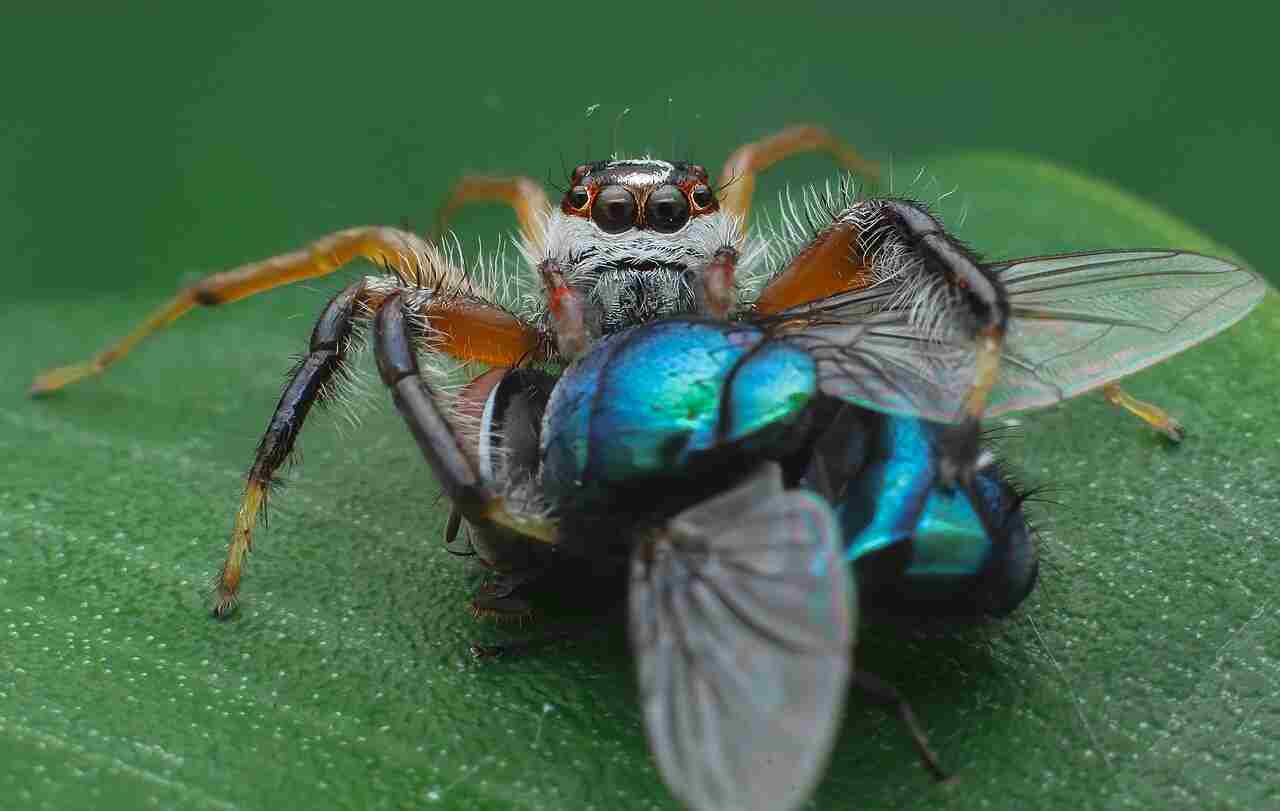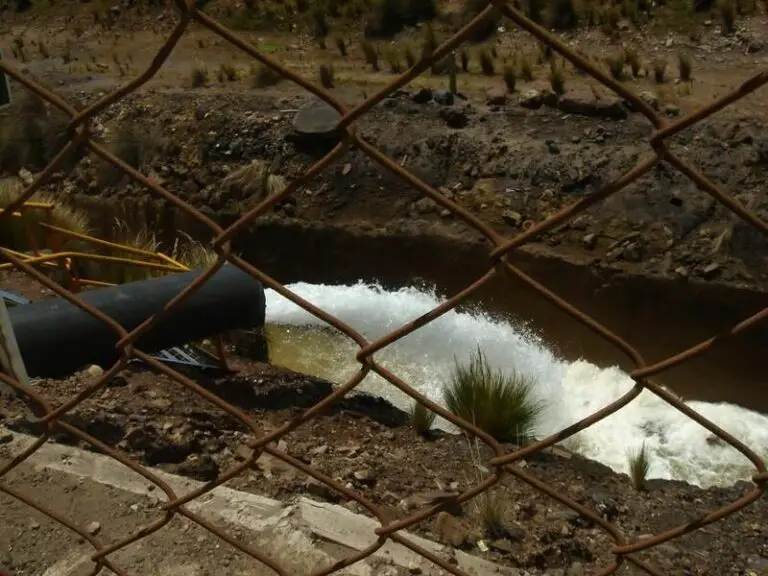23+ Dangerous Animals In The Bahamas Discussed
1. Sharks (various species)
In the Bahamas, sharks are a common sight and play a vital role in maintaining the balance of marine ecosystems. Although most shark species in the region are not aggressive towards humans, some can be dangerous, particularly if provoked or if they sense food in the water. Among the common species in Bahamian waters are tiger sharks, bull sharks, and reef sharks. These species can be aggressive and unpredictable, especially when food is involved. Swimmers and divers are advised to stay alert, avoid wearing shiny jewelry, and follow safety guidelines to minimize the risk of unwanted shark encounters. While shark attacks in the Bahamas are rare, it is crucial to respect these apex predators and maintain a safe distance.
2. Lionfish
Lionfish, originally from the Indo-Pacific, are an invasive species that pose a significant threat to the Bahamas’ marine ecosystems. With their striking appearance and venomous spines, these fish are dangerous to both divers and the native species they prey upon. The venom in their spines can cause extreme pain, swelling, and even systemic reactions in some cases. Due to their rapid spread and high reproduction rates, lionfish are contributing to the decline of native fish populations, leading to efforts to control their numbers through organized hunts and encouraging their consumption as a food source.
3. Box Jellyfish
Box jellyfish are known for their cube-like shape and highly toxic venom, making them one of the most dangerous creatures in the Bahamian waters. Although they are rare in the region, their venom can cause severe pain, paralysis, cardiac arrest, and even death. Swimmers and snorkelers should be cautious and aware of their surroundings, especially in shallow coastal areas. If stung, immediate medical attention is crucial, as the venom acts quickly, and antivenom may be required to prevent life-threatening complications.
4. Portuguese Man-of-War
Despite its jellyfish-like appearance, the Portuguese man-of-war is actually a siphonophore—a colony of specialized, interdependent organisms. Known for its vibrant, sail-like float, this creature’s long tentacles contain potent venom that can cause painful stings, welts, and even systemic reactions in humans. The tentacles can stretch up to 165 feet, and contact with them can lead to intense pain, breathing difficulties, and shock. Beachgoers in the Bahamas are advised to avoid any contact with these creatures, even if they appear to be dead, as the tentacles can remain venomous long after they wash ashore.
5. Stonefish
The stonefish is renowned for its ability to blend into its surroundings, camouflaging with rocks and coral in the Bahamas’ shallow waters. This trait makes it particularly dangerous, as unsuspecting swimmers or divers may inadvertently step on it, triggering its venomous spines. The venom can cause excruciating pain, swelling, tissue damage, and in severe cases, death. Immediate medical attention is required following a stonefish sting, and antivenom is usually necessary to prevent further complications. To avoid stonefish-related injuries, swimmers should exercise caution when wading or exploring shallow reefs.
6. Moray Eels
Moray eels are sleek, elongated creatures that inhabit the crevices and coral reefs of the Bahamas. While generally not aggressive toward humans, they can become dangerous when provoked or cornered. Their sharp teeth and strong jaws can cause severe lacerations, leading to infection due to the bacteria found in their mouths. Divers and snorkelers are advised to give these eels a wide berth and avoid putting their hands into crevices or holes in coral reefs. It’s best to admire moray eels from a safe distance to prevent any unintended confrontations.
7. Barracudas
Barracudas are sleek, fast predators known for their aggressive behavior and sharp teeth. In the Bahamas, they are often found in shallow waters and reefs, where they hunt for fish. Although attacks on humans are rare, barracudas are known to be attracted to shiny objects, mistaking them for fish. This can lead to unintentional bites, which can cause deep lacerations and tissue damage. Swimmers and divers should avoid wearing reflective jewelry and keep a safe distance from barracudas to minimize the risk of an attack.
8. Stingrays
Stingrays are generally docile creatures, but they possess a venomous barb on their tails, which can cause serious injuries if stepped on or threatened. In the Bahamas, stingrays are often found in sandy areas, where they bury themselves to rest. Accidental encounters can lead to painful stings, tissue damage, and potential infections. If stung by a stingray, medical attention is necessary, and soaking the wound in hot water can help alleviate the pain. Swimmers should shuffle their feet while wading through shallow waters to avoid surprising these hidden stingrays.
9. Cone Snails
Cone snails are beautiful but deadly mollusks found in the waters of the Bahamas. Their intricately patterned shells may attract collectors, but these snails possess a harpoon-like structure that delivers a potent venom when touched. The venom can cause paralysis, respiratory failure, and even death, depending on the species. Because of this, it’s crucial for beachgoers and divers to avoid handling cone snails and to exercise caution when exploring the seafloor or collecting shells. Medical attention is critical if stung by a cone snail, as antivenom may be required to counteract its toxic effects.
10. Sea Urchins
Sea urchins are spiny creatures that can be found on the ocean floor in the Bahamas, particularly near coral reefs. While generally not aggressive, their sharp spines can cause painful puncture wounds if accidentally stepped on or touched. Some species also possess venomous spines, leading to more severe pain, swelling, and potential infection. To avoid injuries from sea urchins, swimmers and divers should wear protective footwear and exercise caution when exploring rocky or coral areas. If injured, the spines should be carefully removed, and medical attention should be sought to prevent complications.
11. Scorpionfish
Scorpionfish are masters of camouflage, blending seamlessly into the coral reefs and rocky areas of the Bahamas. This ability to remain hidden makes them particularly dangerous, as unwary swimmers or divers might come into contact with their venomous spines. The venom can cause intense pain, swelling, and even systemic reactions in severe cases. Immediate medical treatment is necessary following a scorpionfish sting, and antivenom may be required to mitigate the effects of the venom. Divers should be cautious when exploring reef environments and avoid touching or disturbing unfamiliar fish.
12. Sea Snakes
Sea snakes are highly venomous reptiles found in some regions of the Bahamas, often in warm coastal waters and coral reefs. While generally not aggressive, they can deliver a potent bite if threatened or handled. The venom can cause paralysis, respiratory failure, and, in some cases, death without prompt medical intervention. Because sea snakes often resemble harmless eels, swimmers and divers should be cautious and avoid interacting with any snake-like creatures in the water. If bitten by a sea snake, immediate medical attention and antivenom may be necessary to prevent severe complications.
13. Octopuses (especially Blue-ringed)

Octopuses are intelligent and generally non-aggressive creatures, but certain species, such as the Blue-ringed octopus, are highly venomous and potentially lethal. Though rare in the Bahamas, these octopuses possess a potent neurotoxin that can cause paralysis and respiratory failure. Because they can change color and shape, they might not be immediately recognized, posing a risk to curious swimmers and divers. To avoid potential encounters with venomous octopuses, it’s best to avoid touching any unknown sea creatures and maintain a safe distance. If bitten, immediate medical attention is critical to ensure survival.
14. Sphyraena (Great barracuda)
Great barracudas are large, predatory fish found in the coastal waters and coral reefs of the Bahamas. Known for their speed and sharp teeth, they can be aggressive and territorial, especially when food is involved. Although attacks on humans are rare, barracudas may strike if they feel threatened or if they are attracted by shiny objects. Swimmers and divers should avoid wearing reflective jewelry and maintain a safe distance from barracudas to prevent unwanted encounters. If bitten, medical attention is necessary to address the deep lacerations and potential infections that can result from a barracuda attack.
15. Black Widow Spider
The Black Widow spider, although more commonly found in North America, can occasionally be encountered in the Bahamas. This small but venomous spider is easily recognized by its shiny black body and red hourglass marking on its abdomen. Its venom can cause severe pain, muscle cramps, and systemic symptoms like fever and nausea. While fatalities are rare with prompt medical care, bites from Black Widow spiders should be taken seriously. To minimize the risk of encounters, people should avoid dark, secluded areas where these spiders might hide and exercise caution when reaching into dark corners or under rocks.
16. Brown Recluse Spider
The Brown Recluse spider is a venomous arachnid occasionally found in the Bahamas. Identified by its violin-shaped marking on the back, this spider is known for its secretive nature, often hiding in dark, undisturbed places. Its venom can cause necrotic skin lesions and, in severe cases, systemic symptoms that require prompt medical treatment. To avoid bites from Brown Recluse spiders, people should inspect clothing, shoes, and bedding before use and keep their surroundings free from clutter where spiders might hide. If bitten, immediate medical attention is crucial to prevent complications from the venom’s necrotizing effects.
17. Fire Coral
Fire coral is a type of hydrozoan that resembles true coral but is capable of delivering a painful sting upon contact. Found in the warm waters and reefs of the Bahamas, fire coral has tiny, venomous tentacles that can cause intense burning, redness, and blistering. Swimmers and divers should be cautious when exploring reefs and avoid touching or brushing against coral structures, as fire coral is often indistinguishable from other corals at a glance. If stung by fire coral, rinsing the affected area with vinegar and seeking medical attention can help reduce pain and prevent infection.
18. Pufferfish
Pufferfish, known for their ability to inflate when threatened, are commonly found in the coastal waters of the Bahamas. While they might appear harmless, these fish contain tetrodotoxin, a potent neurotoxin that can be deadly if ingested. The toxin affects the nervous system, causing paralysis and respiratory failure, leading to death without prompt medical intervention. Pufferfish should never be consumed without proper preparation by trained chefs, as even small amounts of toxin can be lethal. Swimmers and divers should avoid interacting with pufferfish and be aware of their presence in reef environments to prevent accidental exposure to their toxic spines or flesh.
19. Triggerfish
Triggerfish are known for their vibrant colors and aggressive behavior, especially during the breeding season. In the Bahamas, these fish can be found in reef environments and can deliver painful bites if they feel threatened or are protecting their nests. Their strong jaws and sharp teeth are designed to crush shells, so they can cause significant injury to human skin. Divers and snorkelers should avoid getting too close to triggerfish and should be cautious when exploring reefs, especially during nesting periods. If bitten, medical attention is necessary to clean and treat the wound to prevent infection.
20. Electric Ray
Electric rays are fascinating creatures capable of generating electric shocks to defend themselves or stun prey. In the Bahamas, these rays are typically found on the sandy seafloor and can be difficult to spot. Their electric discharge can range from mild to severe, causing discomfort or even temporary paralysis. Swimmers and divers should exercise caution when exploring sandy areas and avoid disturbing or stepping on electric rays. If shocked, medical attention may be needed to assess the severity of the injury and ensure no further complications arise from the electric discharge.
21. Scolopendra (Giant Centipedes)
Giant centipedes are large, multi-legged arthropods that can be found in the Bahamas, often in humid, secluded areas. These centipedes are carnivorous and possess venomous fangs capable of delivering a painful bite. The venom can cause intense pain, swelling, and, in some cases, more severe reactions such as fever and chills. People should exercise caution when exploring dense vegetation or dark, moist environments where centipedes might hide. If bitten by a giant centipede, immediate medical attention is recommended to address the pain and monitor for allergic reactions or other complications.
22. Tarantula
Tarantulas are large, hairy spiders found in some areas of the Bahamas, often inhabiting forests or dense vegetation. While generally not aggressive toward humans, they can bite if threatened, and their fangs deliver venom that can cause localized pain and swelling. Some species can also release irritating hairs, which can cause itching and rash upon contact. People should avoid handling tarantulas and be cautious when exploring areas where these spiders might reside. If bitten, medical attention is advisable to ensure proper wound care and to monitor for any adverse reactions.
23. Scorpions
Scorpions are arachnids with venomous stingers at the end of their tails, capable of delivering painful and sometimes dangerous stings. In the Bahamas, scorpions can be found in various habitats, including forests and rocky areas. While most scorpion stings result in moderate pain and swelling, some species can deliver venom that causes more severe reactions, including muscle cramps, nausea, and respiratory distress. To avoid scorpion stings, people should be cautious when reaching into dark or hidden spaces and ensure their living environments are free from clutter. If stung, medical attention is crucial to manage the pain and address any severe reactions.
24. Ants (specifically fire ants)
Fire ants are aggressive and venomous ants found in the Bahamas, known for their painful stings and ability to swarm in large numbers. These ants can deliver multiple stings, leading to intense burning sensations, swelling, and, in some cases, allergic reactions. They build mounds in sandy or grassy areas and are often encountered by unsuspecting people. To avoid fire ant stings, it’s essential to stay clear of their mounds and exercise caution when working or playing outdoors. If stung, the affected area should be treated to reduce pain and swelling, and medical attention may be required if allergic reactions or severe symptoms develop.
| Dangerous Animal | Description |
| Sharks |
Predatory fish with varying levels of aggression; some can be dangerous if provoked.
|
| Lionfish |
Invasive species with venomous spines; dangerous to humans and marine ecosystems.
|
| Box Jellyfish |
Highly venomous jellyfish; can cause severe pain, paralysis, and even death.
|
| Portuguese Man-of-War |
Siphonophore with venomous tentacles; contact can cause severe pain and systemic reactions.
|
| Stonefish |
Camouflaged fish with venomous spines; can cause extreme pain and tissue damage.
|
| Moray Eels |
Aggressive eels with sharp teeth; bites can lead to severe lacerations and infections.
|
| Barracudas |
Aggressive fish with sharp teeth; attracted to shiny objects and can cause severe bites.
|
| Stingrays |
Possess venomous tail barbs; stings can cause extreme pain and tissue damage.
|
| Cone Snails |
Venomous snails with potent neurotoxins; contact can cause paralysis and death.
|
| Sea Urchins |
Spiny creatures with some venomous species; punctures can cause pain and infection.
|
| Scorpionfish |
Camouflaged fish with venomous spines; stings cause intense pain and systemic reactions.
|
| Sea Snakes |
Highly venomous reptiles; bites can cause paralysis and respiratory failure.
|
| Octopuses (especially Blue-ringed) |
Venomous octopuses; bites can cause paralysis and respiratory failure.
|
| Sphyraena (Great Barracuda) |
Aggressive fish with sharp teeth; can cause severe bites.
|
| Black Widow Spider |
Venomous spider with distinctive markings; bites cause muscle cramps and systemic symptoms.
|
| Brown Recluse Spider |
Venomous spider with necrotizing venom; bites cause tissue damage and systemic reactions.
|
| Fire Coral |
Hydrozoan with venomous tentacles; contact causes intense pain and blistering.
|
| Pufferfish |
Contain tetrodotoxin; ingestion causes paralysis and death.
|
| Triggerfish |
Aggressive fish with strong jaws; can cause severe bites if threatened.
|
| Electric Ray |
Produces electric shocks; contact can cause temporary paralysis.
|
| Scolopendra (Giant Centipedes) |
Venomous centipedes; bites cause intense pain and swelling.
|
| Tarantula |
Large spiders with venomous fangs; bites cause pain and swelling.
|
| Scorpions |
Venomous arachnids; stings cause pain and, in some cases, systemic reactions.
|
| Ants (specifically fire ants) |
Aggressive ants with venomous stings; can cause intense burning and allergic reactions.
|
